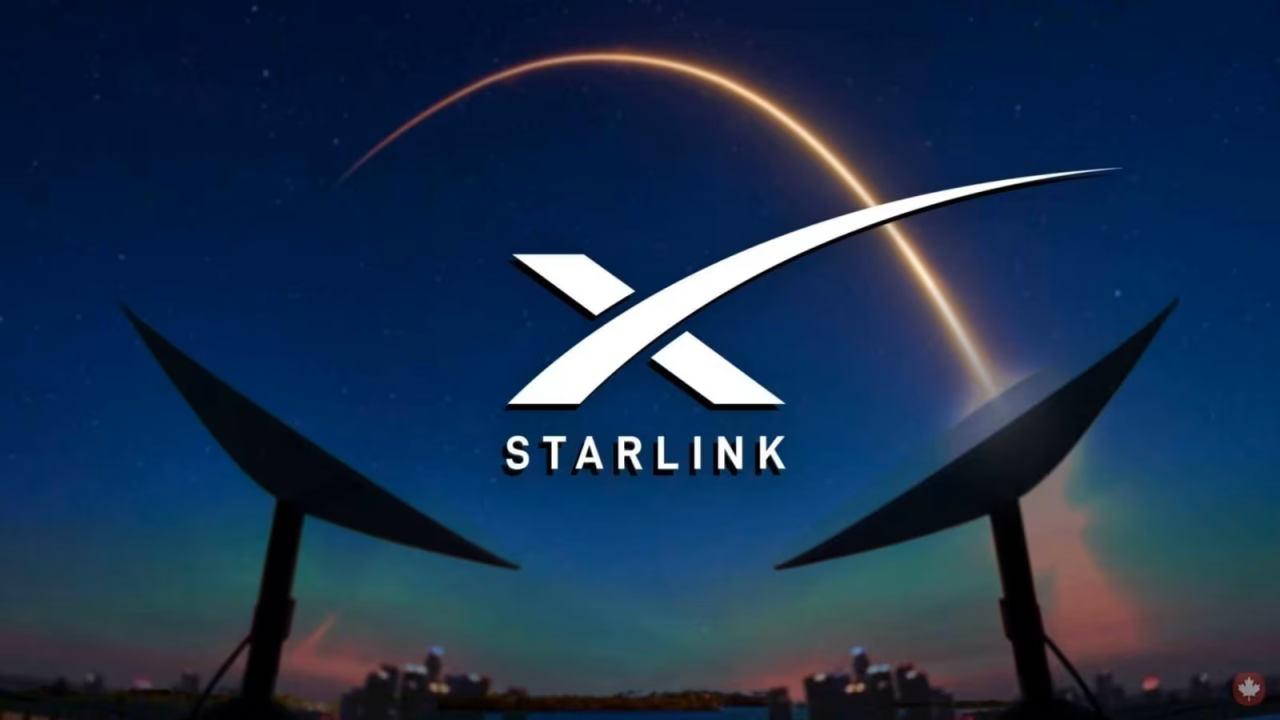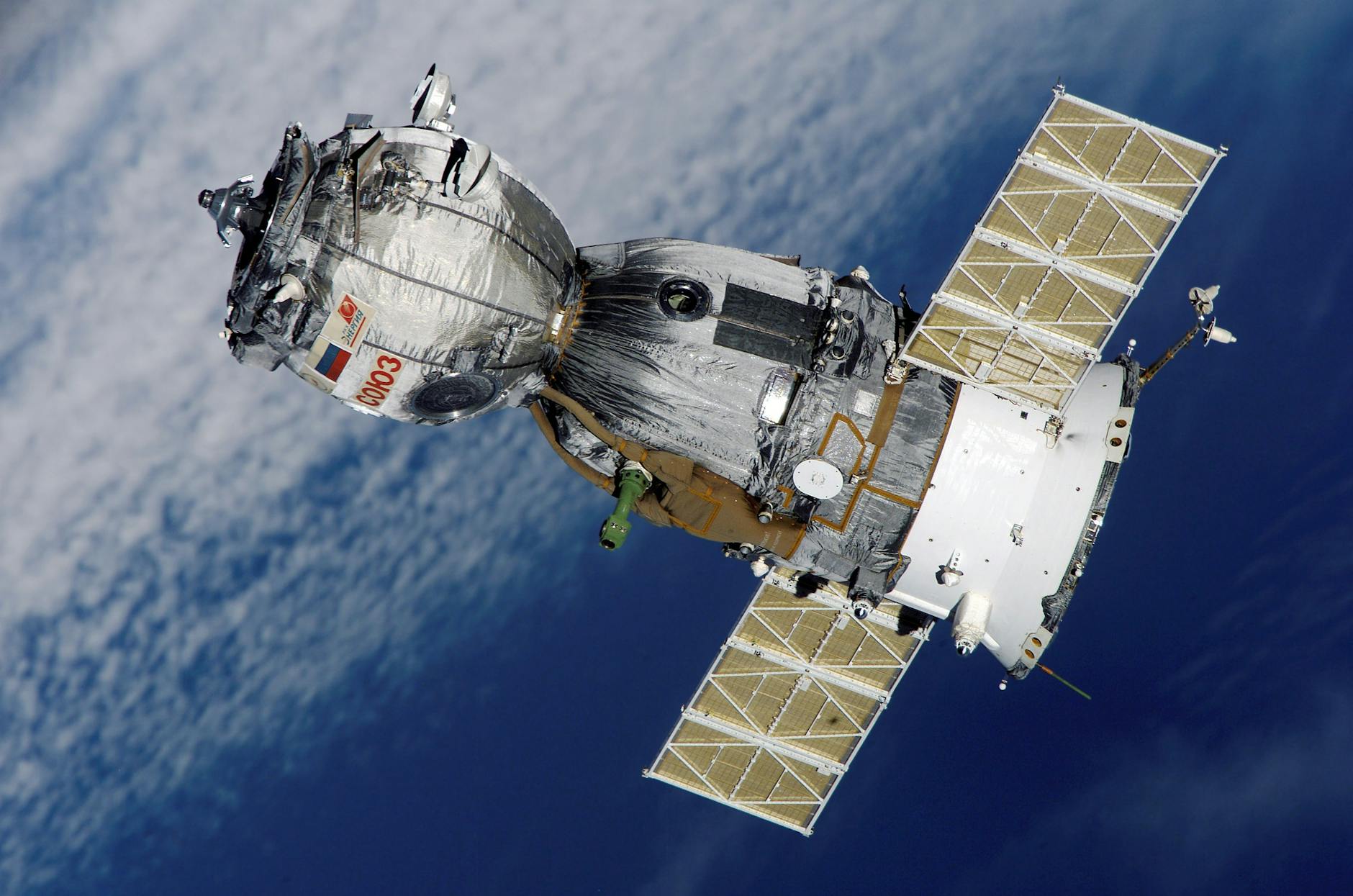STARLINK

Elon Musk’s ambitious project is revolutionizing global connectivity, but it’s not without its share of controversies. From concerns about space debris to debates over its impact on astronomical observations, Starlink is stirring up both excitement and apprehension. As this celestial network of satellites continues to expand, it’s crucial to understand what Starlink really is, how it works, and what it means for the future of internet access worldwide.
In this post, we’ll dive deep into the world of Starlink, exploring its technology, performance, and potential to bridge the digital divide. We’ll also examine the challenges it faces and what lies ahead for this groundbreaking initiative. So, buckle up and get ready for a journey through the stars—and the future of the internet!

SpaceX’s satellite internet project
Starlink is an ambitious satellite internet constellation project developed by SpaceX, the private aerospace company founded by Elon Musk. Launched in 2019, Starlink aims to provide high-speed, low-latency internet access to users worldwide, particularly in areas where traditional internet infrastructure is lacking or unreliable.
Global coverage ambitions
The primary goal of Starlink is to create a global network of thousands of small satellites orbiting the Earth in low Earth orbit (LEO). This constellation is designed to blanket the planet with internet coverage, including remote and underserved regions. SpaceX plans to deploy up to 42,000 satellites to achieve this unprecedented level of global connectivity.
| Coverage Area | Planned Satellites |
|---|---|
| Global | Up to 42,000 |
| Initial Phase | 1,440 |
| Full Service | 12,000 |
Technological advancements in satellite communications
Starlink represents a significant leap forward in satellite communication technology. Some key advancements include:
-
Low Earth Orbit (LEO) satellites: Operating at altitudes of 550km, much closer than traditional communication satellites
-
Mass production: Standardized, compact satellite design for cost-effective manufacturing and deployment
-
Inter-satellite laser links: Enabling direct communication between satellites for reduced latency
-
Advanced phased array antennas: Allowing precise beam forming and steering for improved signal quality
These technological innovations enable Starlink to offer internet speeds and latency comparable to terrestrial broadband services, potentially revolutionizing global internet access. As we explore how Starlink works, we’ll delve deeper into the technical aspects that make this ambitious project possible.

Satellite Constellation Design
Starlink’s innovative approach revolves around a vast network of small satellites orbiting the Earth. Unlike traditional satellite internet systems that use a few large satellites in geostationary orbit, Starlink deploys thousands of smaller satellites in low Earth orbit (LEO). This constellation design offers several advantages:https://www.starlink.com/videos/3
-
Lower latency due to shorter distance from Earth
-
Wider coverage area
-
Redundancy and improved reliability
Ground Station Network
To complement the satellite constellation, Starlink utilizes a network of ground stations, also known as gateways. These stations play a crucial role in:
-
Connecting the satellite network to the internet backbone
-
Facilitating communication between satellites and user terminals
-
Managing network traffic and routing
User Terminal Equipment
Starlink provides users with a compact, easy-to-install terminal, often referred to as the “Starlink dish.” This terminal:
-
Automatically aligns itself to connect with overhead satellites
-
Enables high-speed internet access in remote or underserved areas
-
Requires minimal technical expertise for setup
Low Earth Orbit Advantages
The use of LEO satellites is a key differentiator for Starlink. Here’s a comparison of LEO vs. traditional geostationary orbit:
| Aspect | Low Earth Orbit (Starlink) | Geostationary Orbit |
|---|---|---|
| Altitude | 550 km – 1,200 km | 35,786 km |
| Latency | 20-40 ms | 500-700 ms |
| Coverage | Global | Limited to specific regions |
| Number of satellites | Thousands | Few |
| Replacement cycle | 5-7 years | 15-20 years |
These advantages make Starlink a promising solution for global internet coverage, especially in areas where traditional infrastructure is lacking or impractical. With this innovative approach to satellite internet, Starlink aims to revolutionize global connectivity.
Starlink’s Impact on Internet Access
Starlink’s innovative satellite internet technology is revolutionizing global connectivity, particularly in areas where traditional internet infrastructure is lacking or unreliable.
Bridging the digital divide in rural areas
Starlink’s low Earth orbit satellite constellation is uniquely positioned to provide high-speed internet access to remote and rural areas. This technology is closing the gap between urban and rural internet capabilities, offering:
-
Speeds comparable to broadband in urban areas
-
Low latency for real-time applications
-
No need for extensive ground-based infrastructure
| Aspect | Traditional Rural Internet | Starlink |
|---|---|---|
| Speed | Often slow (<10 Mbps) | Up to 150 Mbps |
| Latency | High (>100ms) | Low (20-40ms) |
| Availability | Limited coverage | Global coverage |
Improving connectivity in developing countries
Starlink’s global reach extends to developing nations, where internet infrastructure is often underdeveloped. This improved connectivity can lead to:
-
Enhanced educational opportunities through online learning
-
Increased economic growth through e-commerce and remote work
-
Better access to healthcare information and telemedicine services
Potential for disaster relief communications
In the aftermath of natural disasters, when traditional communication networks are disrupted, Starlink offers a rapid solution for restoring connectivity. Its advantages in disaster scenarios include:
-
Quick deployment of portable ground stations
-
Independence from ground-based infrastructure
-
Ability to provide critical communication links for first responders and affected communities
As we move forward, it’s important to consider how Starlink’s performance and user experience stack up against traditional internet services.
Internet speeds and latency
Starlink has been making waves with its impressive internet speeds and low latency. Users have reported download speeds ranging from 50 to 150 Mbps, with some even experiencing speeds up to 300 Mbps. Upload speeds typically fall between 10 to 30 Mbps. These speeds are significantly higher than traditional satellite internet services and comparable to many terrestrial broadband options.
One of Starlink’s key advantages is its low latency, typically ranging from 20 to 40 milliseconds. This is a vast improvement over traditional satellite internet, which often has latencies of 600 milliseconds or more. The low latency makes Starlink suitable for real-time applications like video conferencing and online gaming.
| Metric | Starlink | Traditional Satellite Internet |
|---|---|---|
| Download Speed | 50-300 Mbps | 12-100 Mbps |
| Upload Speed | 10-30 Mbps | 3-20 Mbps |
| Latency | 20-40 ms | 600+ ms |
Reliability and weather effects
While Starlink offers impressive performance, its reliability can be affected by various factors:
-
Weather conditions: Heavy rain, snow, or dense cloud cover can impact signal strength
-
Obstructions: Trees, buildings, or other obstacles can interfere with the line of sight to satellites
-
Beta status: As the service is still in beta, occasional outages or performance fluctuations may occur
Despite these challenges, many users report satisfactory reliability, with most experiencing only brief interruptions during adverse weather conditions.
Installation and setup process
Setting up Starlink is designed to be user-friendly, even for those without technical expertise. The process typically involves:
-
Ordering the Starlink kit online
-
Receiving the equipment (dish, router, and mounting hardware)
-
Downloading the Starlink app for guidance
-
Finding an optimal location for the dish using the app’s AR feature
-
Mounting the dish and connecting it to the router
-
Powering on the system and connecting devices
Most users find the setup process straightforward, with the app providing clear instructions and troubleshooting tips. The self-orienting dish simplifies the installation, automatically adjusting to find the best satellite connection.
As we move forward, it’s important to consider the controversies and challenges surrounding Starlink’s deployment and operation.

As Starlink continues to expand its satellite network, it faces several significant controversies and challenges that have sparked debate within scientific and regulatory communities.
Space debris concerns
One of the primary concerns surrounding Starlink is the potential increase in space debris. With thousands of satellites planned for deployment, the risk of collisions and the creation of orbital debris has become a pressing issue.
-
Increased collision risk
-
Potential for cascading debris creation
-
Long-term impact on future space missions
| Concern | Potential Impact | Mitigation Strategies |
|---|---|---|
| Collision risk | Damage to other satellites, creation of debris | Improved tracking systems, collision avoidance maneuvers |
| Orbital congestion | Limited space for future satellites | Careful orbit planning, deorbiting at end-of-life |
| Long-term debris | Hindrance to space exploration | Development of debris removal technologies |
Detailed Explanation of Starlink in India
1. Launch of Starlink in India
Starlink began its beta service in India in late 2021. Following regulatory approvals, the service has gradually expanded, with a focus on rural and remote regions where internet access is limited.
2. Pricing Structure
- Monthly Subscription Fee: Approximately ₹3,499 (subject to change based on service updates).
- Equipment Cost: Around ₹50,000 for the Starlink dish and router.
- Additional costs may include shipping and taxes.
Expansion plans and timeline
Starlink’s ambitious expansion plans aim to revolutionize global internet connectivity. SpaceX intends to launch thousands more satellites in the coming years, significantly increasing coverage and capacity. Here’s a breakdown of their projected timeline:
| Year | Planned Satellites | Coverage Area |
|---|---|---|
| 2023 | 4,000+ | Most populated areas |
| 2025 | 12,000+ | Global coverage |
| 2027 | 30,000+ | Enhanced capacity worldwide |
Potential applications beyond consumer internet
While Starlink’s primary focus is providing high-speed internet to consumers, its potential extends far beyond that. Some exciting future applications include:
-
Maritime communications
-
In-flight connectivity
-
Remote industrial operations
-
Emergency response and disaster relief
-
Scientific research in remote areas
Integration with SpaceX’s broader mission
Starlink plays a crucial role in SpaceX’s long-term vision. The satellite network is expected to:
-
Fund Mars colonization efforts
-
Provide communication infrastructure for interplanetary missions
-
Support deep space exploration with improved data transmission capabilities
As Starlink continues to evolve, it will likely become an integral part of SpaceX’s ambitious goal to make humanity a multi-planetary species. The revenue generated from Starlink services could significantly contribute to funding future space exploration endeavors, creating a symbiotic relationship between Earth-based internet services and space exploration.

As Starlink continues to expand and improve its service, it faces both opportunities and challenges. While concerns about space debris and astronomical interference persist, the potential benefits of widespread, reliable internet access are undeniable. As we look to the future, Starlink’s success could pave the way for a more connected world, empowering individuals and communities with unprecedented access to information and opportunities.